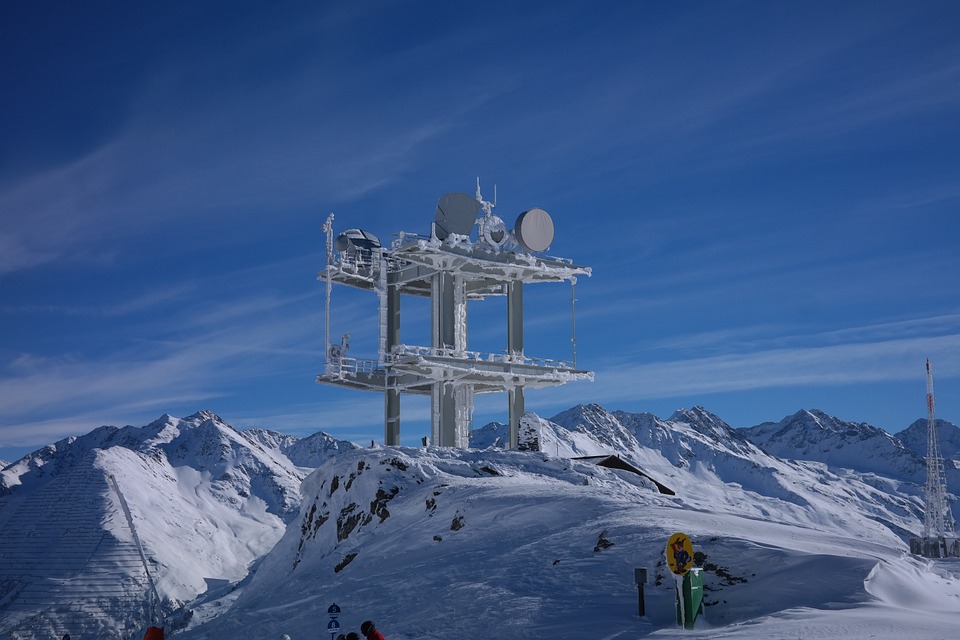Meat Show: San Francisco Arts Commission Gallery
Including works by Noah P. Lang, Laura Splan, Jackie Sumell, Lava Thomas, Jeanne Friscia, Laura Dufort, Jacqueline Cooper, Elizabeth DiGiovanni and Tim Sullivan
Elements of Meat Show were as gory as the title suggests. In the front room of the San Francisco Arts Commission Gallery hung a row of exquisitely photographed, skinned cats with fur only on their faces and paws. The pictures, by Laura Splan, titled Dissected # 1-4, were difficult to look at, but ultimately more than merely shocking. Posed upright with distorted expressions on their faces, the cats looked like derelicts wearing skin suits; and, like perverse responses to William Wegman’s too often syrupy-sweet work with Weimaraners, the pictures speak to the human condition as violent, fragile, and, above all, visceral.
However, the show did not particularly focus on gore, but rather on questions of national identity and what it means to be American. One video monitor in Jackie Sumell’s diptych Fanfare for the Common Man showed a roasting-turkey in the process of being dressed up as a Bald Eagle, almost as if it were being re-feathered, while the second monitor presented the “eagle” flying through the sky with trumpets playing on the soundtrack. The effect was comical but also suggested an obscene underside to American patriotism—perhaps specifically, the history of racism intimated by the pink flesh of the Thanksgiving turkey.
For their contribution to the show, Tim Sullivan and Elizabeth DiGiovanni
constructed a hot dog stand, titled Die Wiener Bar, complete with mustard, kraut, horseradish, and ketchup. (At the opening, they were actually selling hot dogs and beer.) The installation was rife with Americana, including tacky wallpaper, postcards, pictures of the artists in their uniforms, and the uniforms themselves. It spoke to the early work experience of adolescents across the country, and presented America as a nation of immigrants with traditions that originated elsewhere, in other cultural contexts, like Germany.
Jeanne Friscia extended this study of immigrant experience in her video, First Generation, which showed a piece of moldy deli-meat revert to being fresh while “That’s Amore” played on the soundtrack. And, for Left Wing, Right Wing, Chicken Wing, Lava Thomas drew a chicken wing with bones piercing through the flesh of the joint and the Woody Guthrie quotation cited in the title written beneath it. The drawing spoke with subtlety and humor to regional, rural experience as both politicized but irreducible to politics.
